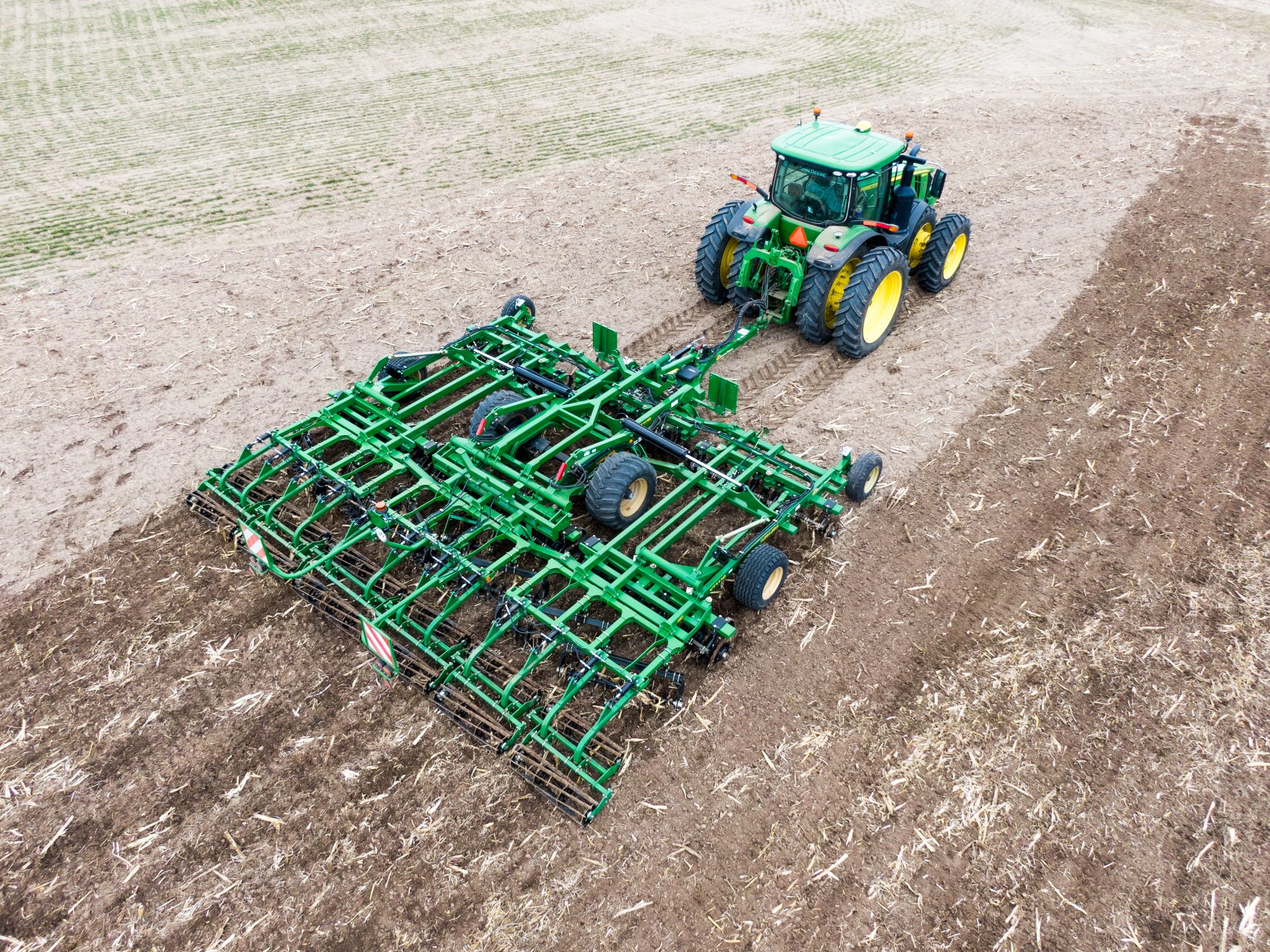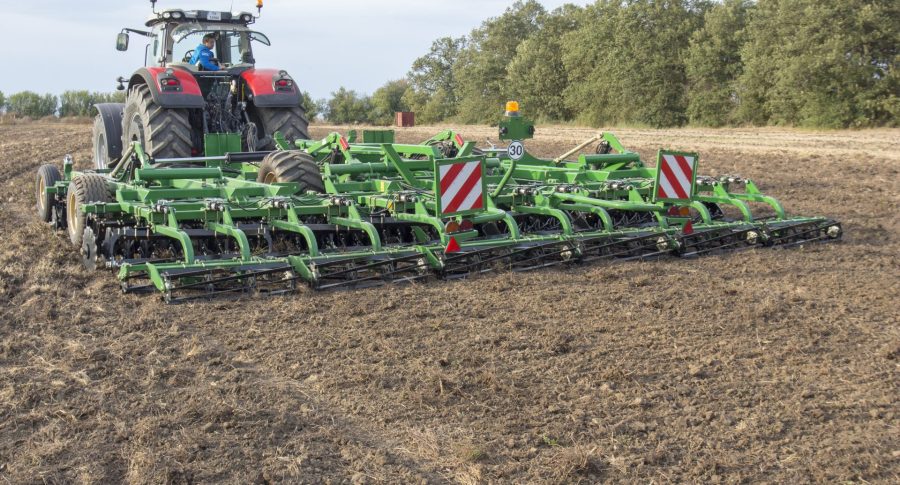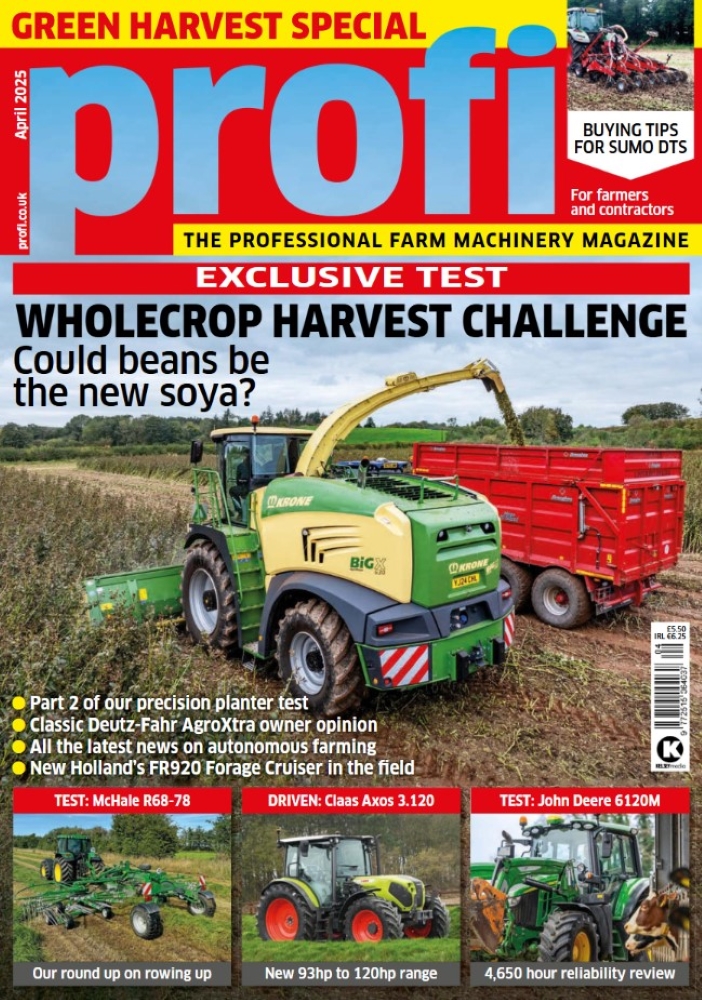Available in five working widths from 6.0-12m, the longer frame on the Great Plains HT1110 Terra-Max and VT1110 Turbo-Max disc cultivators allows both to fold to 3.0m for transport.
Like its predecessor, the angle of the disc gangs on the VT1110 Turbo-Max are adjustable from 0-6 degrees. Designed to work at depths from 25-127mm, the patented Turbo Coulter is available in 51 or 56cm diameter. Recommended power requirement is around 35hp/m, and weight of the 6.0m model is approx. 9.5t.

Turbo-Max
Described as a versatile primary and secondary tillage solution, the disc gangs on the HT1110 Terra-Max are adjustable from 0-6 degrees (front) and 0-8 degrees (rear). The new and slightly concave 51mm-diameter TurboSpeed discs are said to combine the best features from the TurboBlade from the Turbo-Max and SpeedBlade from the Velocity. The result is said to achieve good penetration, remove wheelings, bury residue, help control resistant weeds and create a level seedbed.

Designed to work at depths of around 13cm and speeds from 12-16km/hr, recommended power requirement for the Terra-Max is 40hp/m, and as an example the 6.0m model weighs 9.5t.
New finishing options for both ranges include a knife roller for working in trashy conditions, a spiked harrow and a rear cage roller with either flat or round bars.
Implement Command, a new option for both Terra-Max and Turbo-Max, allows the operator to set, adjust, and monitor the cultivator from the cab, including depth, wing down pressure, and rear roller pressure. Implement Command also offers gang angle and fore-aft levelling monitoring capabilities. The ISObus compatible system works with the tractor’s existing terminal.

Speaking at an Agritechnica press conference, Great Plains Manufacturing president and CEO David Disberger confirmed that autonomy is moving closer. ”We need to be right behind it with our implements,” he said.
TrueView, a new option for the Turbo-Max, is a step in this direction. The on-the-go soil sensing system collects real-time field data and variations in soil moisture, temperature and organic matter. This data can be used to identify different soil zones. This paves the way for customized cultivation passes, and variable rate seed rates and inputs.
For more up-to-date farming news click here and subscribe now to profi and save 47%.






